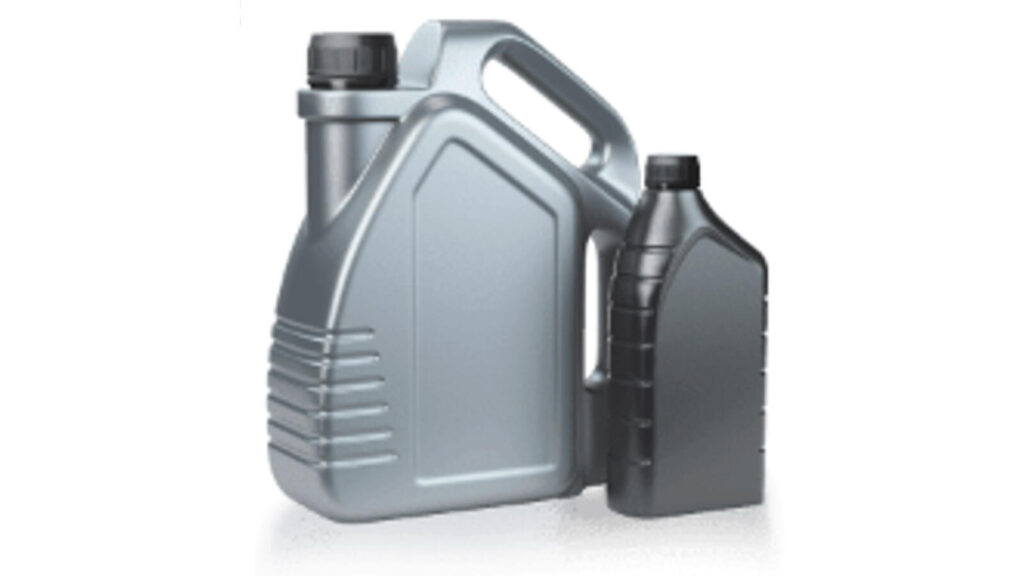
Maintaining the health and longevity of your vehicle’s engine is crucial, and one of the most important tasks in this regard is ensuring timely and proper oil changes. Engine oil is the lifeblood of your car, responsible for lubricating vital components, reducing friction, and preventing wear and tear.
How often is an oil change necessary?
The frequency of oil changes can vary depending on several factors, including your vehicle’s make, model, age, and driving conditions. Traditionally, the “every 3,000 miles or every three months” rule was widely accepted, but advancements in engine technology and oil formulations have made this guideline outdated.
Most modern vehicles can now go between 5,000 to 10,000 miles, or 6 to 12 months, before requiring an oil change. However, it’s crucial to consult your owner’s manual, as the manufacturer’s recommended interval is the best starting point.
Sign of a low oil pressure
Recognizing the signs of low oil pressure is essential, as it can indicate a serious issue that requires immediate attention. Some common symptoms include:
- Illuminated oil pressure warning light: This is the most obvious indicator of low oil pressure. If the warning light on your dashboard turns on, it’s a clear signal that you need to check your oil level and pressure.
- Unusual engine noises: If you start hearing knocking, ticking, or rumbling sounds from the engine, it could be a sign of insufficient lubrication, which can lead to increased friction and wear.
- Reduced engine performance: Low oil pressure can cause a noticeable drop in engine power, acceleration, and overall performance.

How to check the oil level
Regularly checking your vehicle’s oil for nissan qashqai as in the picture from auto-doc.ie, allows level is a straightforward task that can help you stay on top of your engine’s maintenance. Here’s how to do it:
- Park your car on a level surface and engage the parking brake.
- Allow the engine to cool down completely before checking the oil level. Hot oil can give an inaccurate reading.
- Locate the dipstick, usually accessible from the top of the engine or the side. Pull it out and wipe it clean with a lint-free cloth.
- Reinsert the dipstick fully, then withdraw it again. Observe the oil level markings on the dipstick, which will indicate whether the oil is at the proper level.
- If the oil level is below the minimum mark, add small amounts of the recommended oil type until the level reaches the “full” or “max” mark.
This is why regular oil changes are important
Regular oil changes are essential for maintaining the health and longevity of your vehicle’s engine. Here’s why:
- Lubrication and friction reduction: Engine oil creates a protective film that lubricates moving parts, reducing friction and wear. Over time, this oil breaks down, losing its ability to effectively lubricate the engine.
- Cleaning and sludge removal: As the oil circulates through the engine, it picks up dirt, debris, and other contaminants. Changing the oil and filter helps remove these harmful particles, preventing the buildup of sludge that can clog passages and restrict oil flow.
- Heat dissipation: Engine oil plays a crucial role in dissipating heat generated by the engine’s operation. As the oil degrades, its ability to effectively transfer heat decreases, leading to potential overheating and damage.
Consequences of ignoring the low oil pressure warning light
Ignoring the low oil pressure warning light can have severe consequences for your vehicle’s engine. Here’s what can happen if you disregard this important warning:
- Increased friction and wear: Without sufficient lubrication, the engine’s moving parts will experience increased friction, leading to accelerated wear and tear. This can result in the premature failure of components like bearings, pistons, and cylinder walls.
- Engine seizure: If the oil level drops too low or the oil becomes excessively degraded, the engine can seize up completely, rendering the vehicle inoperable. This scenario can occur rapidly, often within a few minutes of driving with low oil pressure.
- Catastrophic engine failure: Continued operation with low oil pressure can ultimately lead to complete engine failure. This is one of the most severe consequences of ignoring the warning light.
How to do an oil change
Here’s a step-by-step guide:
| Step | Description |
| 1. Prepare the vehicle | Park the car on a level surface and engage the parking brake. Allow the engine to cool completely before starting. |
| 2. Locate the drain plug | Locate the oil drain plug, usually found at the bottom of the oil pan. Place a drain pan underneath to catch the used oil. |
| 3. Drain the old oil | Using the appropriate wrench or socket, loosen the drain plug and allow the old oil to drain completely into the pan. |
| 4. Replace the oil filter | Locate the oil filter, typically accessible from the top or side of the engine. Use an oil filter wrench to remove the old filter and install a new one. |
| 5. Add new oil | Refer to your owner’s manual to determine the correct oil type and quantity for your vehicle. Slowly pour the new oil into the fill point, usually located at the top of the engine. |
| 6. Replace the drain plug | Once the old oil has fully drained, replace the drain plug and tighten it securely. |











